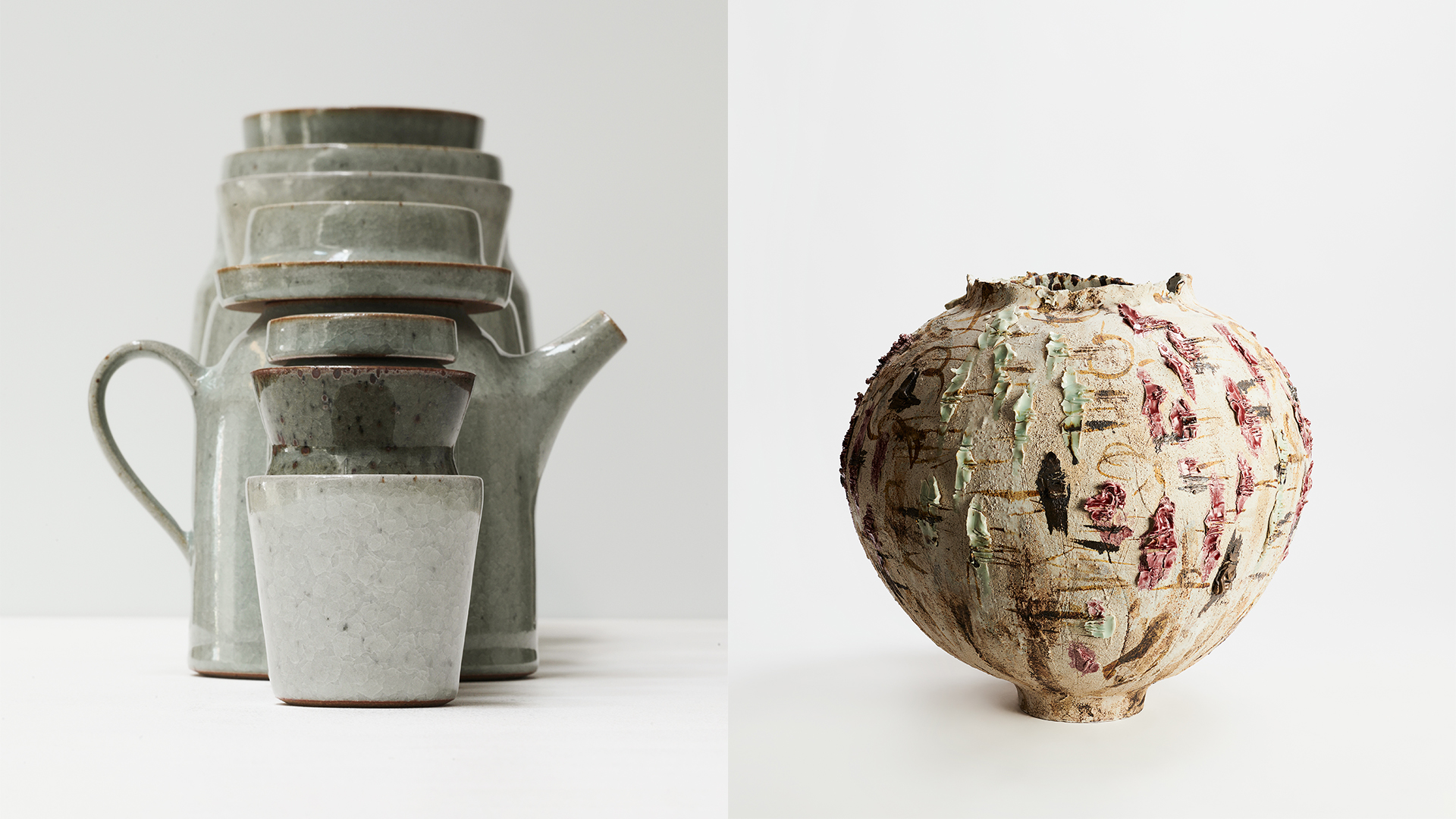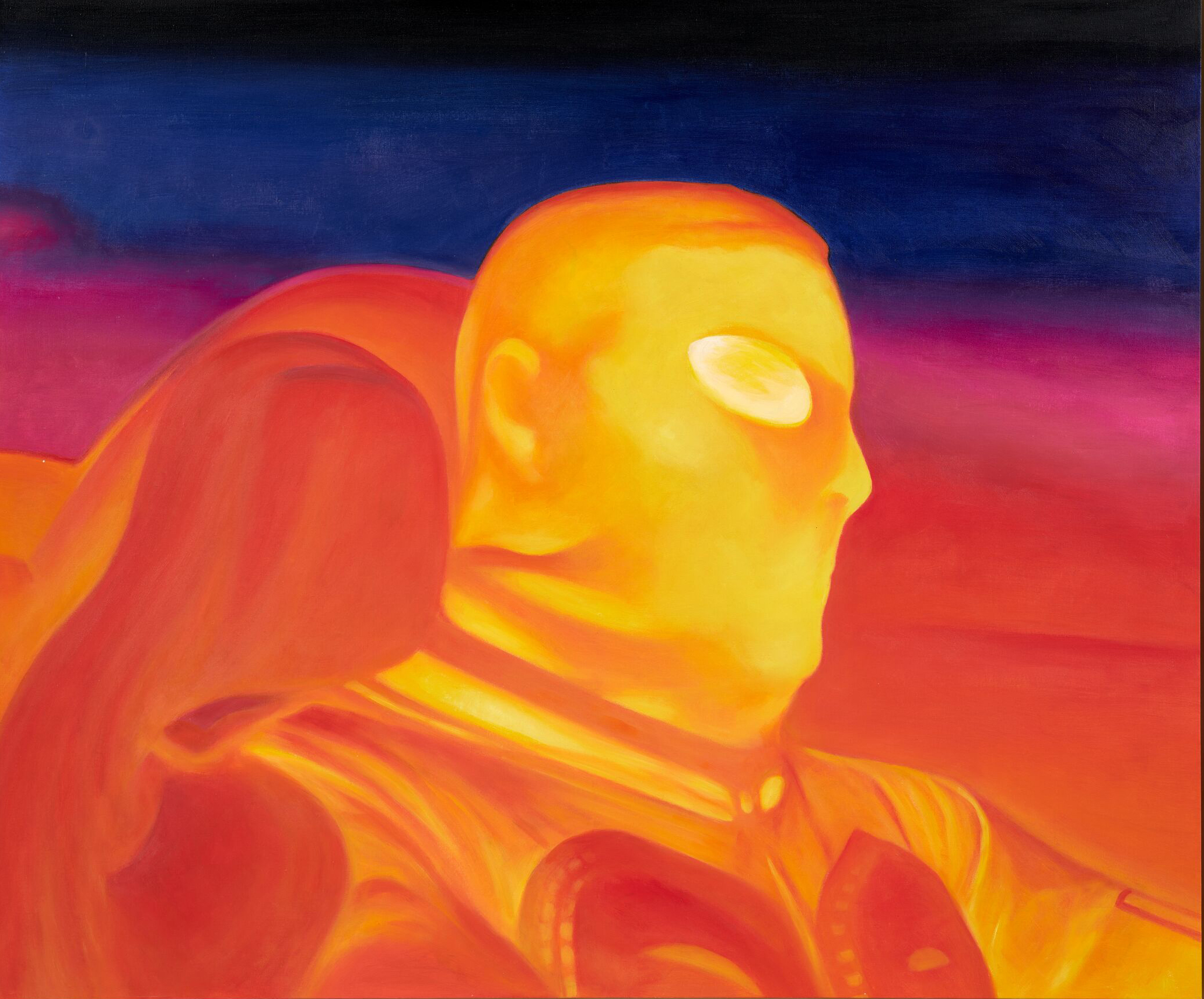
Melvin Edwards, 2019. Photo: Ross Collab
In Conversation: Melvin Edwards on ‘No One Thing. David Smith, Late Sculptures’
On the occasion of the exhibition 'No One Thing. David Smith, Late Sculptures’, please join us for a walkthrough and conversation with artist Melvin Edwards and Curatorial Director Alexis Lowry.
Sculptor David Smith (1906 – 1965) was at his most experimental and prolific during the last five years of his life. ‘No One Thing: David Smith. Late Sculptures’ presents seven of the artist’s most important sculptures from these final years.
During this period, Smith deployed welding to newly monumental ends, integrated open space into his arrangement of planar forms and animated sculptural surfaces with paint in color combinations that transcended logic—all innovations that transgressed the norm, solidified his legacy and impacted generations of artists to come.
This event is free. However, due to limited space, reservations are required.
Click here to register.
About Melvin Edwards
Melvin Edwards (b.1937) is a pioneer in the history of contemporary African American art and sculpture. Born in Houston, Texas, he began his artistic career at the University of Southern California (USC), Los Angeles, CA, where he met and was mentored by the Hungarian painter Francis de Erdely. In 1965, the Santa Barbara Museum of Art, CA organized his first solo exhibition, which launched his professional career. Edwards moved to New York City in 1967. Shortly after his arrival, his work was exhibited at The Studio Museum in Harlem, and, in 1970, he became the first African American sculptor to have a solo exhibition at the Whitney Museum of American Art.
Edwards’s practice reflects his engagement with the history of race, labor, and violence, as well as with themes of the African Diaspora. Making welding his preferred medium, his sculptures are studies in abstraction and minimalism. Ranging from colorful painted sculptures that expand on the modernist vocabulary of artists like Alexander Calder to barbed wire installations to tangled amalgamations of agricultural and industrial elements, his work is distinguished by its formal simplicity and powerful materiality.
Current Events
1 / 13














